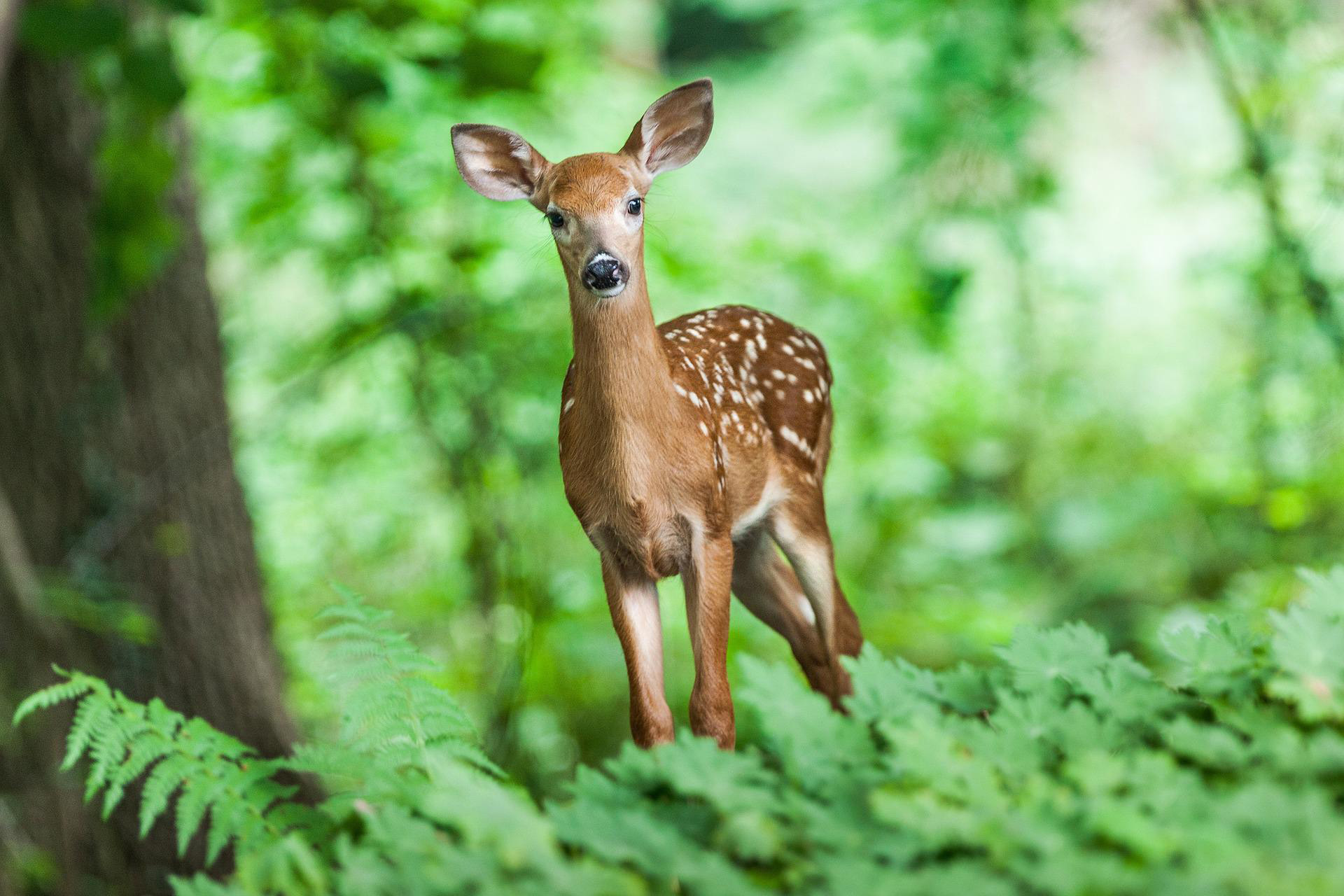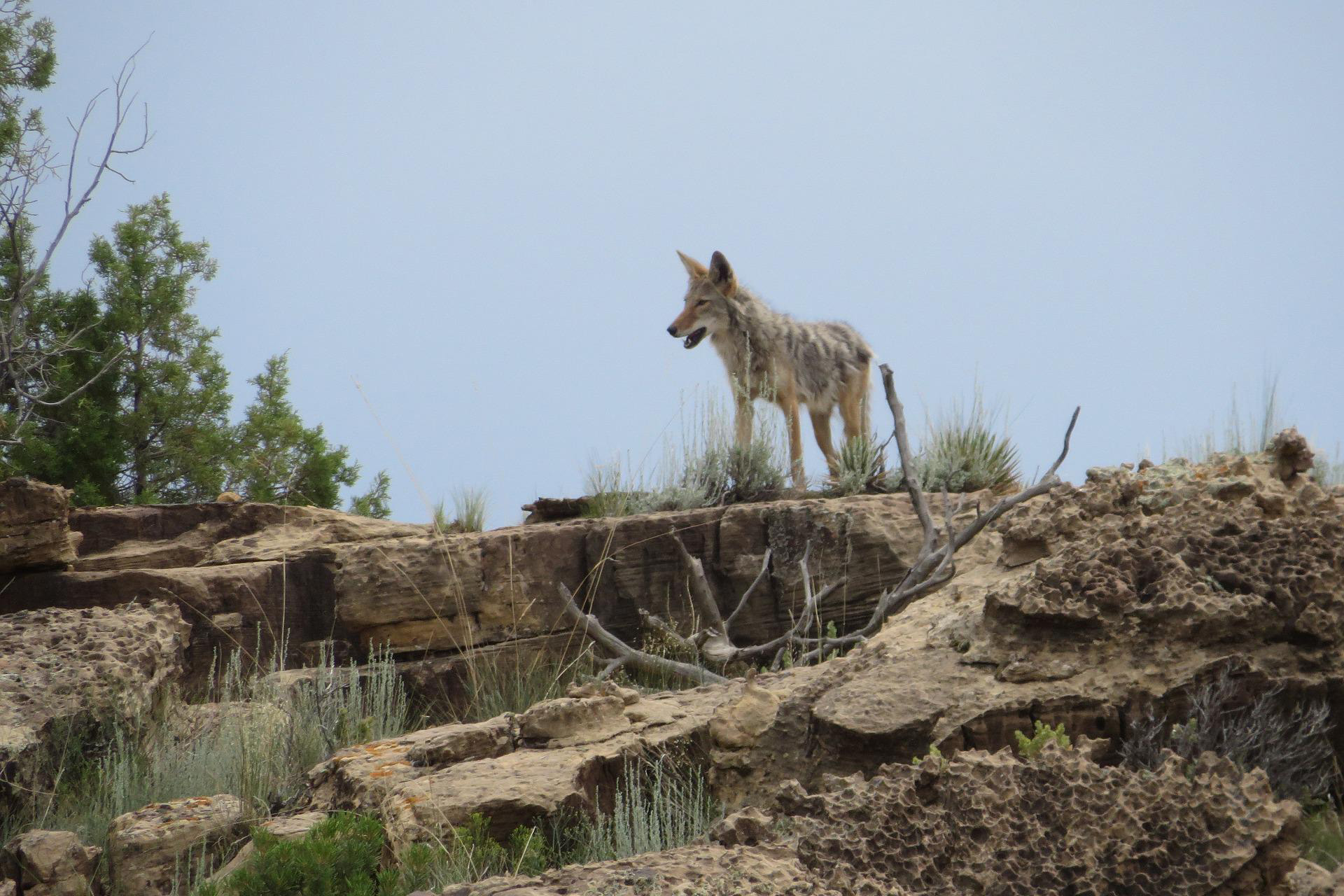Hunting and Fishing News & Blog Articles
May Is A Key Coyote Hunting Time
Hunting coyotes in the spring and summer is important for deer population growth. In the spring adult coyotes hunt extra hard to maintain enough food for themselves and their litter.
WHY IS MAY SO IMPORTANT TO HUNT COYOTES?
Many hunters don’t realize the importance of hunting coyotes during Spring’s Fawning Season. A recent wildlife study reveals that coyotes prey primarily on the year’s newborn deer during the fawning season. Surprisingly, one coyote can kill and consume more than 19 fawns in a MONTH’S time.
Many whitetail does only produce a single fawn yearly, 19 missing fawns per every coyote in the area can definitely have a negative impact on the future growth of the local deer population. Wild Turkeys and Rabbits are favorites for these predators too.

Conservationists and wildlife biologists know that hunting coyotes can positively impact any areas game populations. This predator-prey relationship can improve success rates for future hunting seasons.
CALLING
Calling coyotes in May is different from the rest of the year because they’re on the lookout for fawns, Begin calling with a deer bleat call. The call of a lost fawn frequently draws hungry predators. Do not overwork the call, space a few bleats out over a minute will give the coyotes plenty of time to hone in on where you are.
If the bleating fawn call doesn’t bring them in, switch to a deer distress call. The sound of the same fawn being attacked will signal other coyotes in the area of a fresh kill. Additionally, making a wounded animal call is a proven tactic for luring inexperienced yearling coyotes.
Young coyotes generally stay close to the den. Your calling can bring curious young coyotes out and into range, or cause a defensive reaction from the adults who may charge out to ward off a challenger. Either reaction might add another coyote to your tally.
A coyote pup distress call can send mature females into a fervor. This call is best used in the early mornings when females leave the den to hunt. You should use a distress call sparingly. A few short yelps and a long pause of five to ten minutes will give the coyotes enough time to reach you. Do note that with the increased vegetation in spring, coyotes may get well within range before you spot them.
Decoys
A field edge is an excellent location for decoys. Adding a fawn decoy can draw a reaction, especially in areas that require the coyotes to come into the open. Pair the fawn decoy with your fawn bleats and distress calls to engage a coyote’s keen eyesight and hearing at the same time.
Camouflage
In May, most of the country will be greener than the camouflage that many hunters wear in deer season. Deer hunting camo tends to be heavier too. Turkey hunting gear is lighter weight and a better blend for the summer.
A mesh suit will keep you cooler and is a favorite in the southern states. Be sure to use plenty of scent control when Spring’s higher temperatures start to make you sweat.
Hunt Near the Den
Whenever possible, locate a coyote den. Once you locate a den you can figure out a packs travel routes around their dens so you can intercept them.
Locating Coyotes Food Sources
Coyotes are opportunistic eaters, meaning they’ll eat just about anything from fawns and rodents to fruits and vegetables. Edges of farms and fields and areas with berry bushes attract prey animals, making them excellent places to set up for predators.

Coyote hunting doesn’t need to stop after deer season. Coyote hunting should actually continue throughout the spring and summer to protect the next deer season. Capitalizing on the protective tendencies of adult coyotes and the naivety of yearlings, a hunter can increase their effectiveness by calling smart and eliciting the best reactions. Properly selecting a location and the right gear will further the success rate. Hang up the turkey gun, pick up the fawn call, have fun, and hunt some song dogs.
Notes About Finding Coyotes…
Coyotes inhabit a variety of landscapes, including suburban areas, and of course, the expansive woods, but there has been a noticeable population increase in agricultural areas. First things first, take some time to scout for coyote sign on your property. Start by searching for scat and tracks. You may even find the remains of a recent kill. Look to large fields and river bottoms, especially areas where rodents, a coyote’s main food source, are abundant.
Coyotes like to communicate with one another, so spend some time listening for their howls in the morning or late afternoon.
This article is referenced from Montana Decoy.
For Coyote Hunting Decoys go to Montana Decoy Predator Decoys.
Copyright
© Bowhunting.Net
